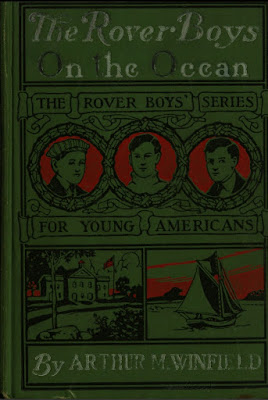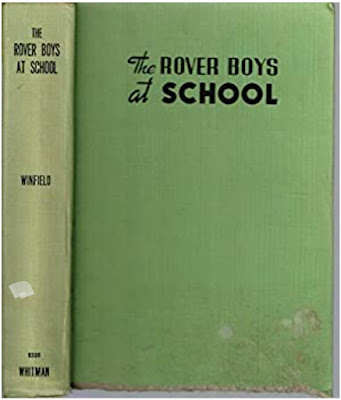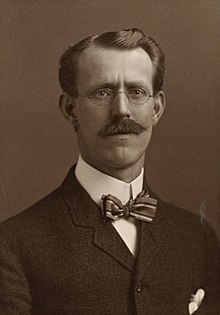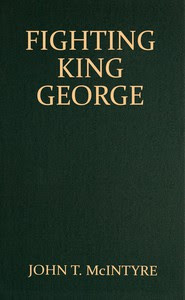Manly Wade Wellman
In Weird Tales
(1927 - 1981)
This is a compilation of scans (with original illustrations) of all 47 of Manly Wade Wellman's stories (and one poem) from the pulp magazine Weird Tales (from 1927 to 1981).
The stories in the .pdf have been bookmarked for ease of access. With the touch of your mouse pointer, you can instantly go to any story in the compilation.
CONTENTS:
1. BACK TO THE BEAST (Weird Tales, November 1927)
2. AT THE BEND OF THE TRAIL (Weird Tales, October 1934)
3. THE HORROR UNDYING (Weird Tales, May 1936)
4. THE KELPIE (Weird Tales, July 1936)
5. THE THEATER UPSTAIRS (Weird Tales, December 1936)
6. THE WEREWOLF SNARLS (Weird Tales, March 1937)
7. THE TERRIBLE PARCHMENT (Weird Tales, August 1937)
8. SCHOOL FOR THE UNSPEAKABLE (Weird Tales, September 1937)
9. THE GOLGOTHA DANCERS (Weird Tales, October 1937)
10. THE HAIRY ONES SHALL DANCE. (as Gans T. Field) (Three-Part Serial) (Weird Tales, January to March 1938)
11. THE BLACK DRAMA (as Gans T. Field) (Three-Part Serial)(Weird Tales, June to August 1938)
12. DEAD DOG (Weird Tales, August 1938)
13. THE CAVERN (with Gertrude Gordon) (Weird Tales, September 1938)
14. UP UNDER THE ROOF (Weird Tales, October 1938)
15. THESE DOTH THE LORD HATE (as Gans T. Field) (Weird Tales, January 1939)
16. FEARFUL ROCK (Three-Part Serial) (Weird Tales, February to April 1939)
17. THE VALLEY WAS STILL (Weird Tales, August 1939)
18. VOICE IN A VETERAN'S EAR (as Gans T. Field) (Poem) (Weird Tales, August 1939)
19. THE WITCH'S CAT (as Gans T. Field) (Weird Tales, October 1939)
20. THE SONG OF THE SLAVES (Weird Tales, March 1940)
21. THE DREADFUL RABBITS (Weird Tales, July 1940)
22. IT ALL CAME TRUE IN THE WOODS (Weird Tales, July 1941)
23. THE HALF-HAUNTED (as Gans T. Field) (Weird Tales, September 1941)
24. THE LIERS IN WAIT (Weird Tales, November 1941)
25. COVEN (Weird Tales, July 1942)
26. THE THIRD CRY TO LEGBA (Weird Tales, November 1943)
27. THE GOLDEN GOBLINS (Weird Tales, January 1944)
28. HOOFS (Weird Tales, March 1944)
29. THE LETTERS OF COLD FIRE (Weird Tales, May 1944)
30. JOHN THUNSTONE'S INHERITANCE (Weird Tales, July 1944)
31. SORCERY FROM THULE (Weird Tales, September 1944)
32. THE DEAD MAN'S HAND (Weird Tales, November 1944)
33. THORNE ON THE THRESHOLD (Weird Tales, January 1945)
34. THE SHONOKINS (Weird Tales, March 1945)
35. BLOOD FROM A STONE (Weird Tales, May 1945)
36. THE DAI SWORD (Weird Tales, July 1945)
37. SIN'S DOORWAY (Weird Tales, January 1946)
38. TWICE CURSED (Weird Tales, March 1946)
39. SHONOKIN TOWN (Weird Tales, July 1946)
40. FROGFATHER (Weird Tales, November 1946)
41. THE LEONARDO RONDACHE (Weird Tales, March 1948)
42. DHOH (Weird Tales, July 1948)
43. IN THAT SAME MOMENT (Weird Tales, January 1950)
44. HOME TO MOTHER (Weird Tales, March 1950)
45. THE PINEYS (Weird Tales, September 1950)
46. THE LAST GRAVE OF LILL WARRAN (Weird Tales, May 1951)
47. PARTHENOPE (Weird Tales, September 1953)
48. NOBODY EVER GOES THERE (Weird Tales, Fall 1981)

Manly Wade Wellman (May 21, 1903 – April 5, 1986) was an American writer.
While his science fiction and fantasy stories appeared in such pulps as Astounding Stories, Startling Stories, Unknown and Strange Stories, Wellman is best remembered as one of the most popular contributors to the legendary Weird Tales, and for his fantasy and horror stories set in the Appalachian Mountains, which draw on the native folklore of that region. Karl Edward Wagner referred to him as "the dean of fantasy writers." Wellman also wrote in a wide variety of other genres, including historical fiction, detective fiction, western fiction, juvenile fiction, and non-fiction.
Wellman was a long-time resident of North Carolina. He received many awards, including the World Fantasy Award and Edgar Allan Poe Award. In 2013, the North Carolina Speculative Fiction Foundation inaugurated an award named after him to honor other North Carolina authors of science fiction and fantasy.
Three of Wellman's most famous recurring protagonists are (1) John, a.k.a. John the Balladeer, a.k.a. "Silver John", a wandering backwoods minstrel with a silver-stringed guitar, (2) the elderly "occult detective" Judge Pursuivant, and (3) John Thunstone, also an occult investigator.
Wikipedia Buy Weird Tales Magazines at Amazon
The PDF might take a minute to load. Or, click to download PDF.
If your Web browser is not configured to display PDF files.
No worries, just click here to download the PDF file.












